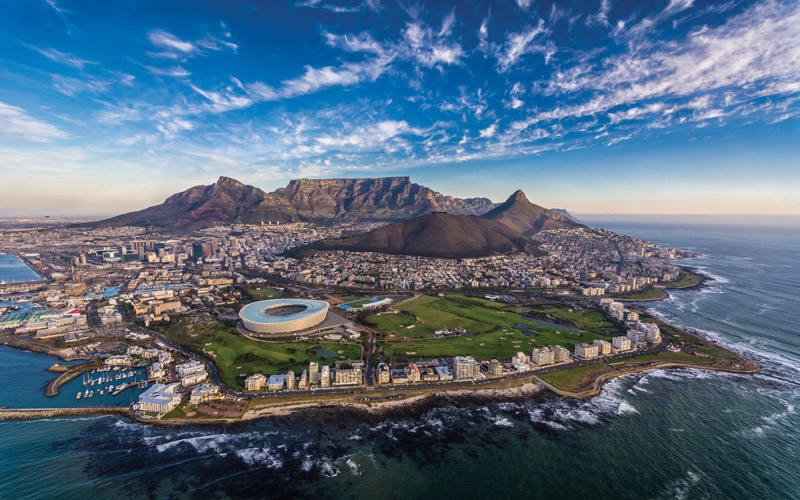One night free at this this fully-catered retreat in Winelands




Cape Town’s Cape Doctor
The background and bewildering facts about the (in)famous South Easter
During summer you might catch a sun burn from that day of leisure on Clifton Beach.Or perhaps you have a bit of a cold because of the change of season in Cape Town. You may be looking for a Cape Town Doctor, but there’s another kind of Cape Doctor that helps to keep Cape Town healthy.
This Cape Doctor only has a degree in wind force. Everyone’s heard it on their first stay in Cape Town on a hot day; “Time for the Cape Doctor to come through”.
From spring (August and September) to late summer (March and April) the Cape Doctor works his magic, blowing away smog and impurities to clear the skies and make way for some fresh sea air.
The South-Easter, Cape Town’s (in)famous wind
The Cape Doctor is the local name for the strong south-eastern wind – also known as South-Easter - that blows from False Bay and funnels through to Cape Town and Blouberg. It is said to clear all pollution in the city and across the Cape Flats, offering an amazing clear sky and view of the Mother City.
Through False Bay the Cape Doctor sweeps over the Peninsula and Cape Flats. Although it is the predominant wind on this south western part of the Western Cape in summer, the South Easter is extra strong along Cape Town’s Cape Flats and Cape Town through the funnel of the Table Mountain range and Hottentots Holland mountains.
Table Mountain’s Table Cloth
One part of the wind force picks up warm moisture from the False Bay waters and blows it around the eastern flank of Table Mountain. Pushing up the air against the slopes of Table Mountain, thus, creating the clouds - and rain - along the eastern slope.
This phenomenon is locally known as ‘the Table cloth’: a huge cload hoovers on top of Table Mountain, dripping over the mountainside. No wonder Kirstenbosch Botanincal Gardens is situated on this side. During the warm summer you’ll find green vegetation in the lush suburbs of Constantia and on Table Mountain.
Next stop for the South Easter is along Upper Woodstock and Devils Peak towards the City Bowl. Here the Cape Doctor starts acting out – ask people living in Vredehoek.
The wind is trapped in the bowl by Table Moutain and enjoys a good swirl around in Cape Town centre. Wind speeds up to 160km/h have been measured around Table Bay. The Cape Doctor usually starts blowing from end of August to March and is most active in November. Gale force winds might just blow your mind.
Looking to avoid the Doctor? Clifton beaches 1, 2 and 3 protect you from the Cape Doctor so you can still catch a sun tan in peace and quiet while the wind howls through other areas of Cape Town.
Windsurfing and kite surfing in Blouberg
The consistency of the Cape Doctor is the main reason for windsurfers & kite surfers to come to Cape Town from all over the world. Blouberg beach catches the wind perfectly – creating the most consistent wind conditions in the world. This makes Blouberg the world’s epicenter for kitesurfing from August to April. If you are a bit rusty, you can get kitesurfing lessons from High Five kitesurfschool.
For more information be sure to read over overviews of Weather, Climate, Seasons, our Top Ten Reasons to Love the Weather and our Weather Forecast.







